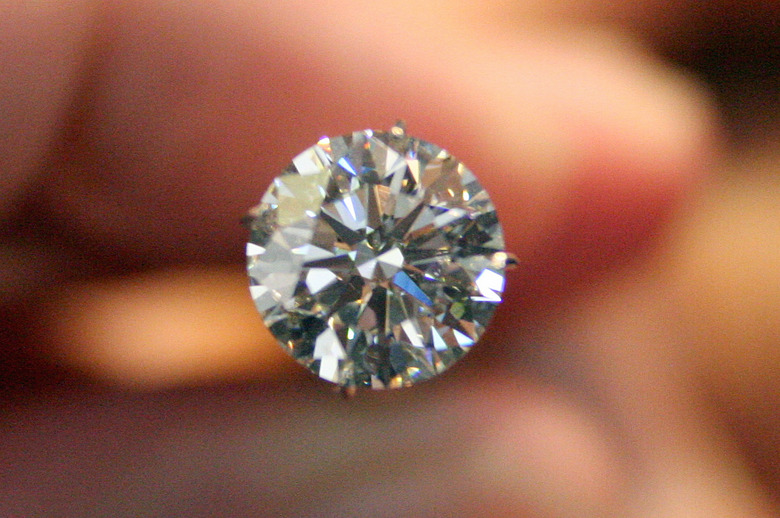'Diamond Rain' Proven Possible On Uranus And Neptune
Following up on a long-held theory that intense pressure within the ice giants of our solar system could lead to "diamond rain," researchers were able to simulate the conditions they believe exist deep within our planetary neighbors Uranus and Neptune, and proved that it's actually possible.
The experiment, which was carried out by researchers using an optial laser called the Linac Coherent Light Source at the SLAC National Accelerator Laboratory, demonstrated that the intense pressures presumed to be present within the frigid planets could be enough to form diamonds out of the loose carbon floating about within their icy mixtures.
The laser was used to shockwaves in a plastic test material, mimicking the high-pressure environment the material within the ice giants is being subjected to. The result was tiny diamond structures created from the carbon in the material, indicating that the carbon and hydrogen mixture which is thought to exist within nearby icy worlds would likely cause similar structures to form and then precipitate downward.
While the experiment resulted in extremely small diamond structures, the conditions within Uranus and Neptune could create much, much larger diamonds. In fact, the "diamond rain" is thought to contain diamonds weighing millions of carats, which is somewhat hard to fathom.
Of course, even if massive showers of diamonds exist on Neptune and Uranus, there isn't exactly a feasible way for humans to go and fetch them. At the moment, the research is more focused on the potential of artificially created nanodiamonds which could be used in various commercial and industrial applications.
